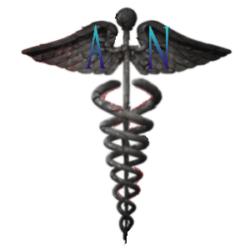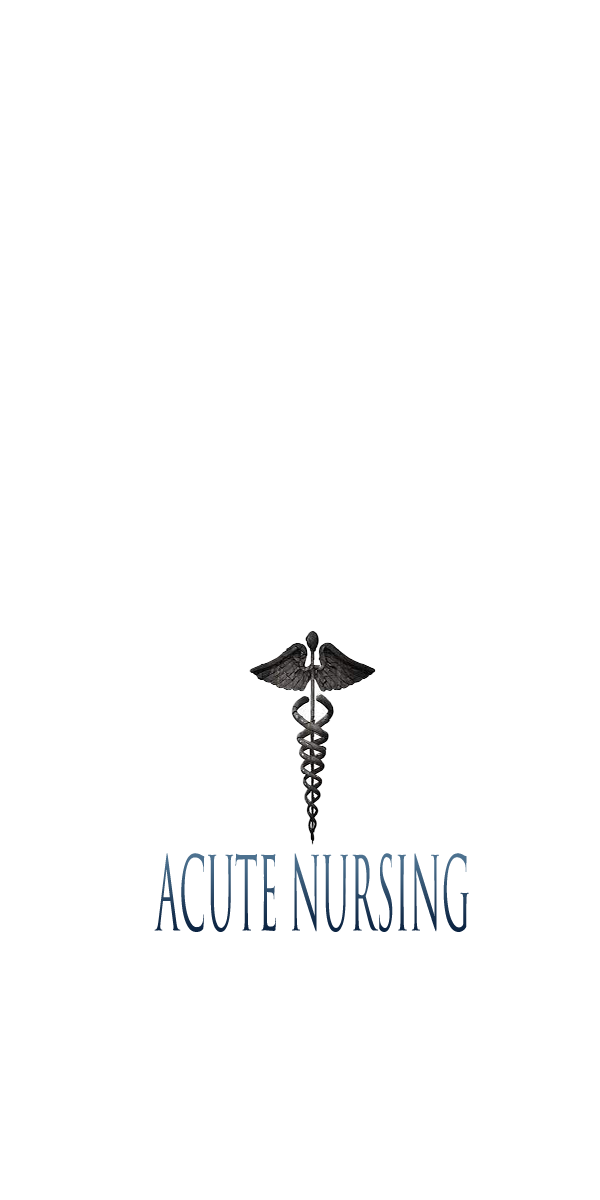What is removal of clips/stitches?
The removal of clips or stitches refers to the process of taking out surgical clips or stitches (also known as sutures) that were used to close an incision or wound during a medical procedure. These clips or stitches are typically applied to hold the edges of the wound together while it heals. The removal is a common procedure performed by healthcare professionals and is done once the wound has sufficiently healed.
Here are the general steps involved in the removal of clips or stitches:
Removal of Stitches:
- Assessment:
- The healthcare provider assesses the wound to ensure it has healed adequately before removing the stitches. This is usually done based on the expected healing time for the specific type of wound.
- Preparation:
- Gather the necessary supplies, including sterile scissors or a stitch cutter, sterile forceps, and sterile dressing materials.
- Hand Hygiene:
- Wash hands thoroughly or use hand sanitizer to maintain a clean environment.
- Patient Preparation:
- Explain the procedure to the patient, and ensure they are comfortable. Address any concerns they may have.
- Expose the Stitches:
- Carefully expose the area where the stitches are located. This may involve removing any dressings covering the wound.
- Sterile Technique:
- Use sterile gloves and instruments to maintain aseptic conditions during the procedure.
- Stitch Removal:
- If stitches were used, the healthcare provider will use sterile scissors or a stitch cutter to carefully cut each stitch. Alternatively, dissolvable stitches may disappear on their own.
- Gentle Extraction:
- Use sterile forceps to gently lift the cut end of each stitch and remove it from the skin. The process is usually painless or causes minimal discomfort.
- Wound Inspection:
- After the stitches are removed, the healthcare provider inspects the wound for any signs of infection, proper healing, or other issues.
- Dressing Application:
- Depending on the type of wound and healthcare provider preference, a sterile dressing may be applied to protect the site.
- Post-Procedure Instructions:
- Provide the patient with instructions on wound care, any follow-up appointments, and signs of complications.
Removal of Clips:
- Assessment:
- The healthcare provider assesses the wound to ensure it is ready for clip removal.
- Preparation:
- Gather the necessary supplies, including a clip remover tool and sterile dressing materials.
- Hand Hygiene:
- Wash hands thoroughly or use hand sanitizer.
- Patient Preparation:
- Explain the procedure to the patient and ensure their comfort.
- Expose the Clips:
- Carefully expose the area where the clips are applied, often by removing any dressings covering the wound.
- Sterile Technique:
- Use sterile gloves and instruments for aseptic conditions.
- Clip Removal:
- Use the clip remover tool to gently squeeze and release each clip, allowing it to open and release its grip on the wound.
- Wound Inspection:
- After clip removal, the healthcare provider inspects the wound for proper healing, signs of infection, or any issues.
- Dressing Application:
- Depending on the specific case, a sterile dressing may be applied.
- Post-Procedure Instructions:
- Provide the patient with instructions on wound care, any follow-up appointments, and signs of complications.
It’s important to note that the timing of stitch or clip removal depends on the type of wound and the healthcare provider’s assessment of the healing process. The removal process is typically straightforward and well-tolerated by patients. If there are any concerns about the wound, the patient should promptly inform their healthcare provider.

